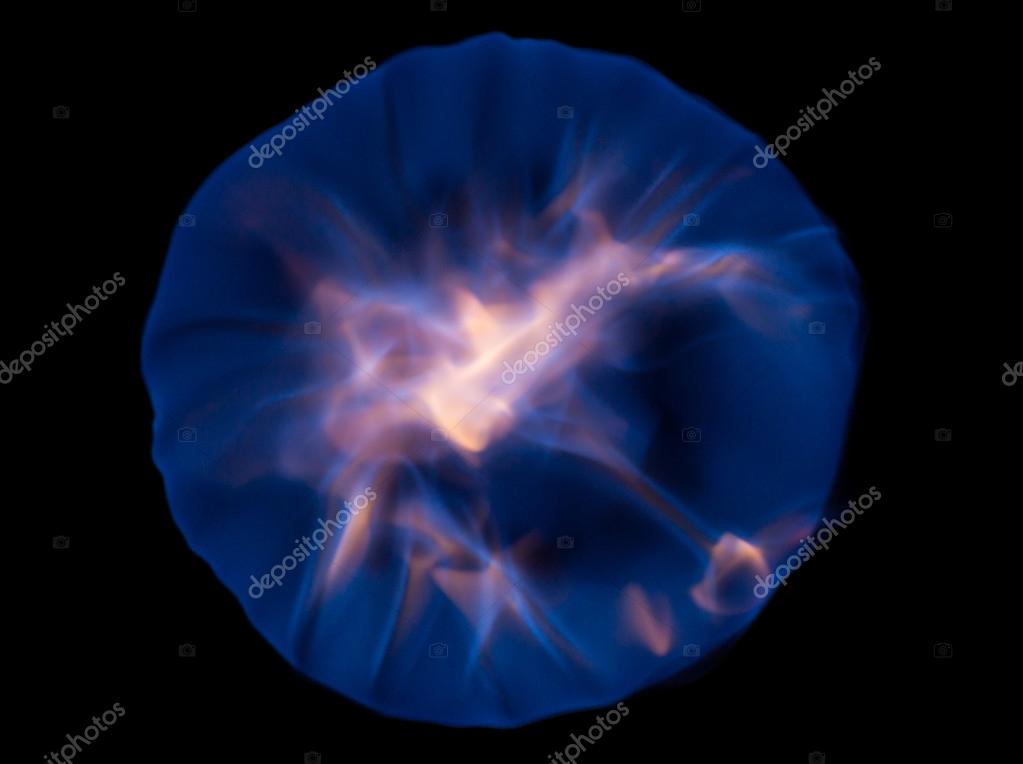
Blue fire ball windows#
The explosion blew out windows in buildings in six different cities. Occasionally, one makes a truly spectacular entrance: In February 2013, a meteor that would become known as the Chelyabinsk meteor entered the atmosphere over Russia and exploded in the biggest space blast since the 1908 Tunguska explosion. Most space rocks disintegrate entirely or are the size of a pebble by the time they make it through Earth's atmosphere. According to NASA, about 48.5 tons (44,000 kilograms) of meteor material falls on Earth every day. Meteors bright enough to be classified as fireballs are rare, but encounters with space rocks are common. The June 15 fireball may have been another grazing encounter, she told ABC News. That 2017 fireball whooshed across the sky, but instead of hitting the ground or burning up in the atmosphere, it bounced back into space. Sayers said that the fireball looked similar to another spectacular meteor sighted in Australia in 2017.

Some may be the cores of ancient asteroids, according to the Natural History Museum in the U.K. Many meteorites - space rocks that survive their fiery trip through Earth's atmosphere - are high in iron.

The blue color, according to Nagle, indicates a high iron content. That makes it more likely to be a natural space object. The fireball over Pilbara, on the other hand, glided smoothly through the sky. "This is due to the fact that there is stuff burning up - so you've got solar panels going all over the place, you've got hunks of metal moving around." "Experienced observers can expect to see only about 1 fireball of magnitude -6 or better for every 200 hours of meteor observing, while a fireball of magnitude -4 can be expected about once every 20 hours or so," the organization says.ĭr.When space junk reenters the atmosphere, "what we tend to see is sort of like crackles and sparks," Sayers said. Fireballs are generally brighter than magnitude -4, which is about the same magnitude of the planet Venus in the morning or evening sky, according to the organization. The brighter the fireball, the more rare the event. It's also hard to detect fireballs that occur at night because few people are out to notice them. However, the vast majority occur over the oceans and uninhabited regions and during daylight, making them hard to see. The fireball was captured in at least two different videos.Įvery day, several thousand meteors of fireball magnitude occur in the Earth's atmosphere, according to the organization.

The American Meteor Society received 148 fireball reports from Maryland, North Carolina, South Carolina, West Virginia and Virginia, and the fireball in North Carolina had the largest group of eyewitness accounts, with more than 80 people reporting it. It was one of at least five fireballs seen over the U.S. Last week, NASA said a fireball fell over the North Carolina coast at about 32,000 miles per hour.
Blue fire ball free#
Peterson said here's a good chance that there's at least several pounds of material on the ground, according to CBS Denver. 48 Best Fireball Free Video Clip Downloads from the Videezy community. He said usually 90 to 95% of the meteor burns up into dust, and pieces that reach the ground are between the size of gravel and a baseball.

"It's unusual for such a large object," Peterson, who is a research associate with the Denver Museum of Nature and Science, said. Peterson said such an occurrence over a single area only happens every few years. The observatory also recorded the fireball. "Ten or 20 miles may not seem very close to the ground, but when we think about typical burning stars, we're seeing things that are burning up 60 to 70 miles high," Peterson told CBS Denver. "Everything was pitch dark, and all of a sudden it lit up as if it was a brightly lit moon," said Doug Robinson, who captured video of the fireball over Boulder, Colorado.įireballs are bright meteors categorized as brighter than the planet Venus, according to the society, a nonprofit that monitors meteors.Ībout six people described hearing a boom during the Colorado fireball sighting, a society employee told CBS Denver.Ĭhris Peterson, who works at the Cloudbait Observatory in the central Colorado Rocky Mountains, said the fireball spotted on Sunday was "descending very deep."


 0 kommentar(er)
0 kommentar(er)
